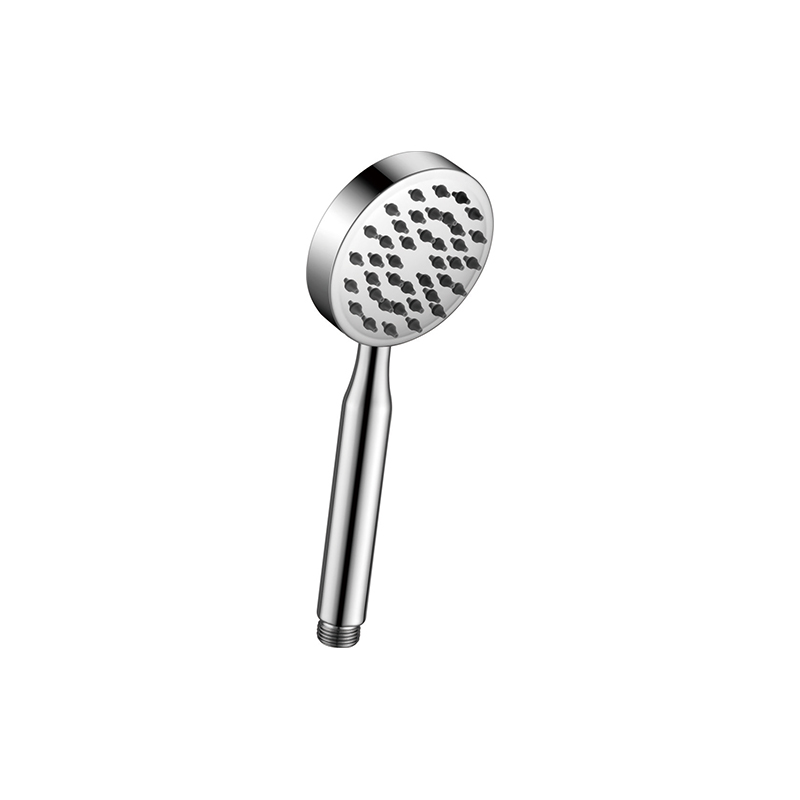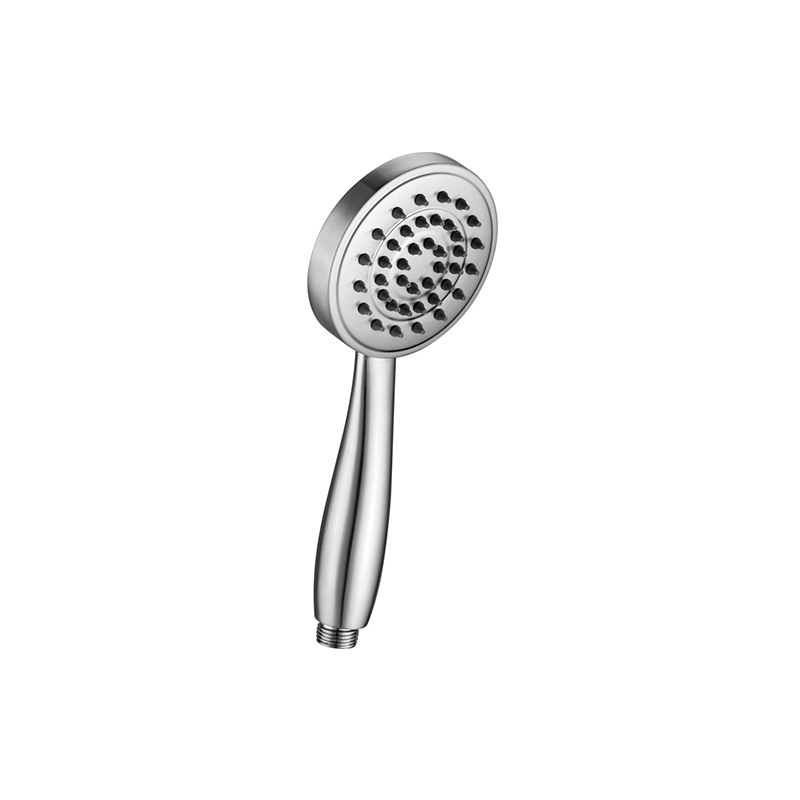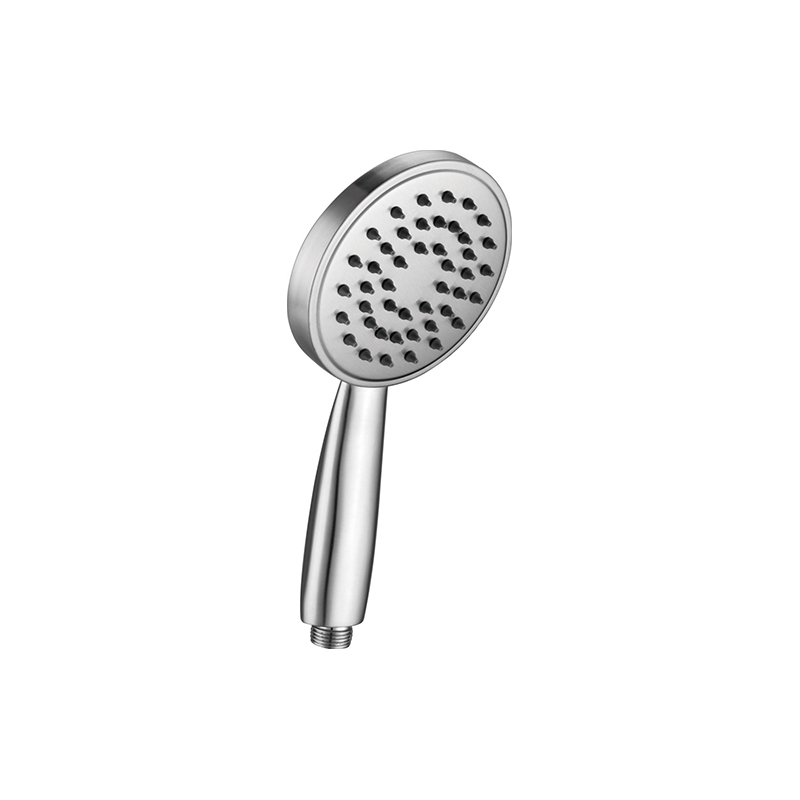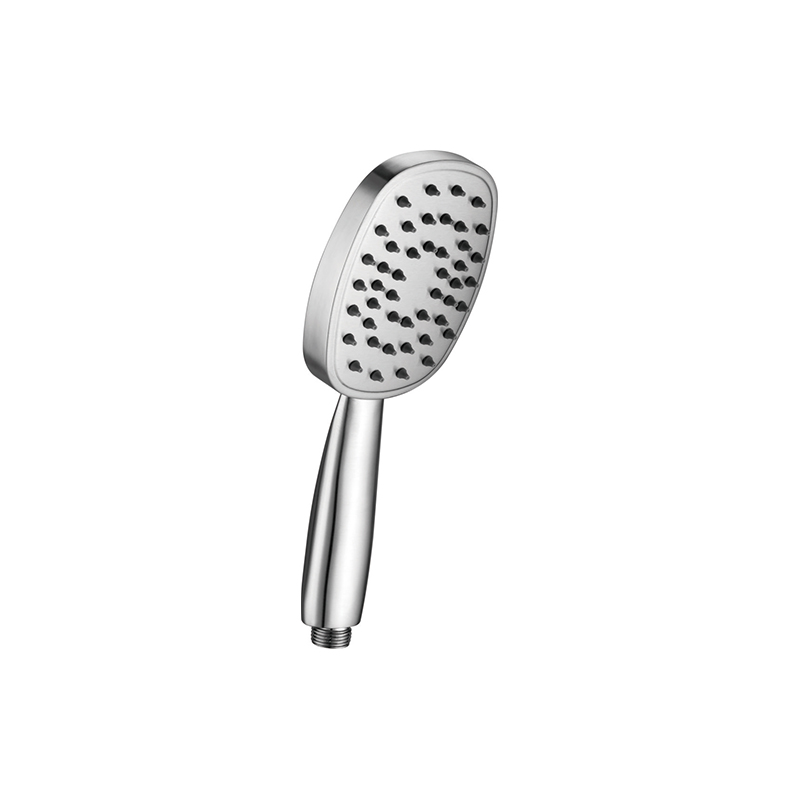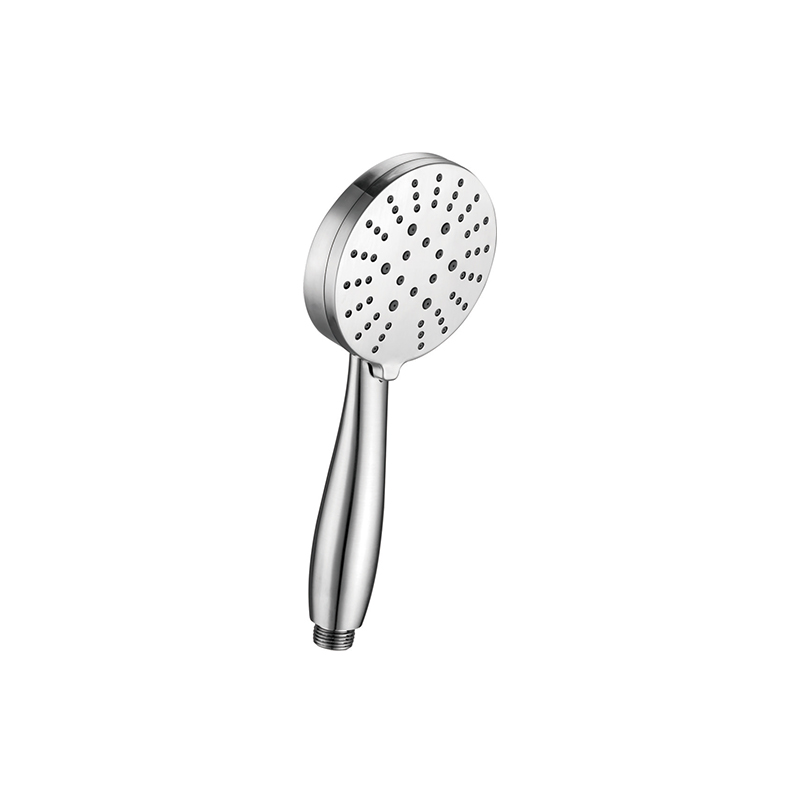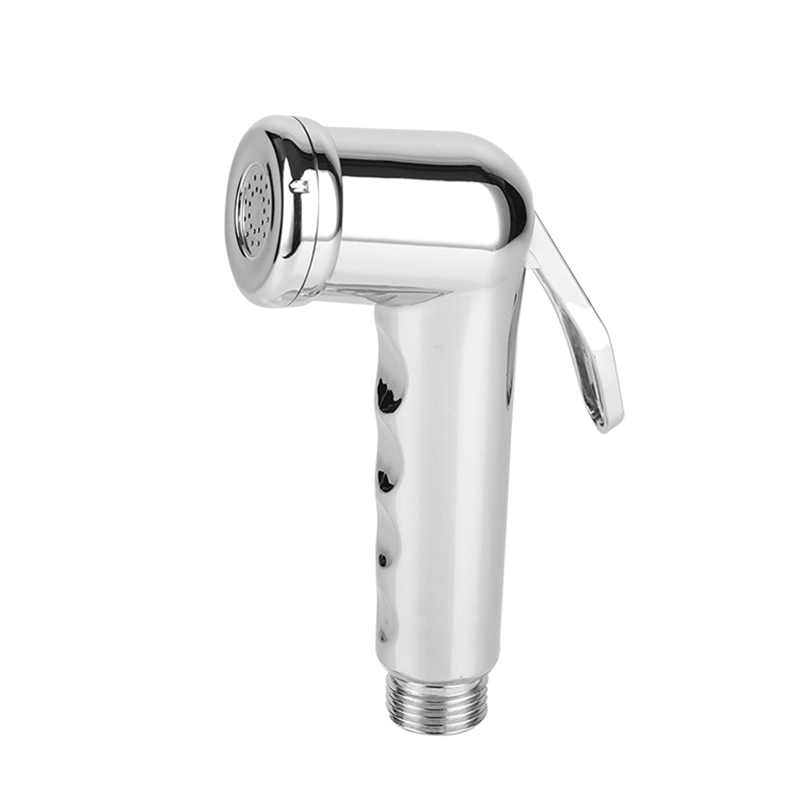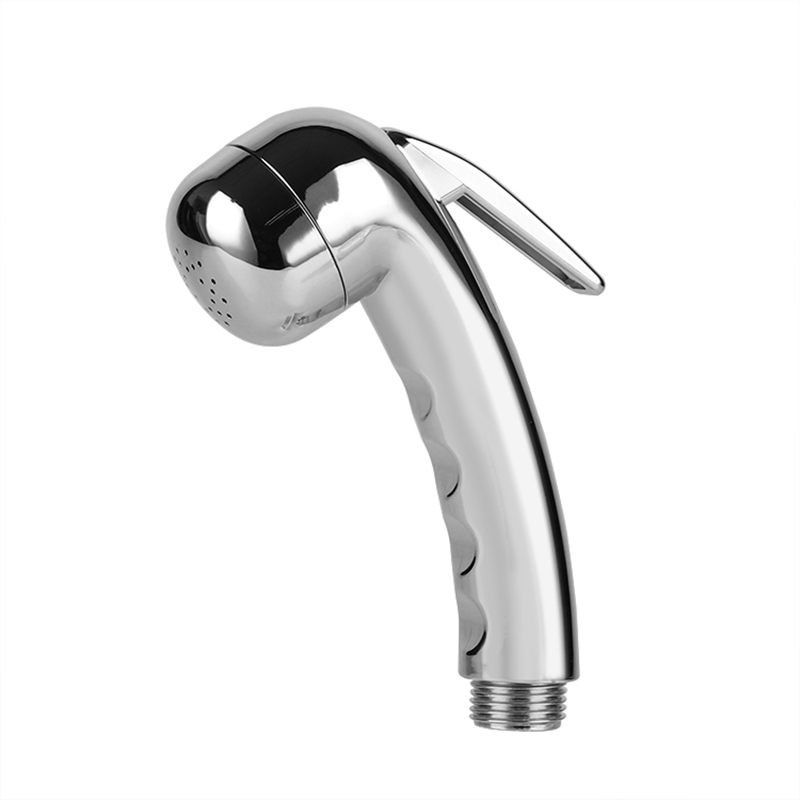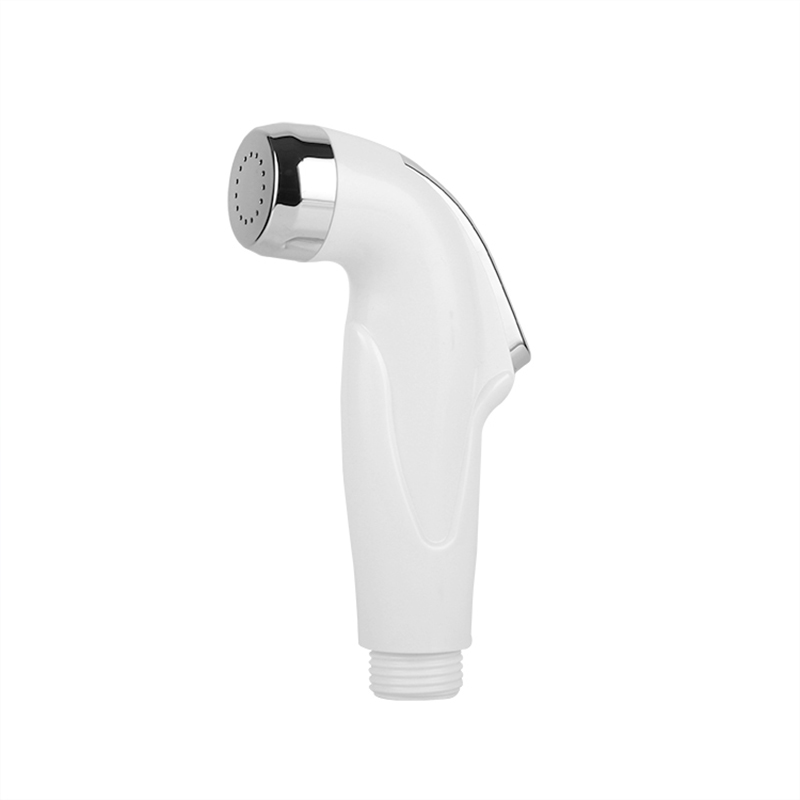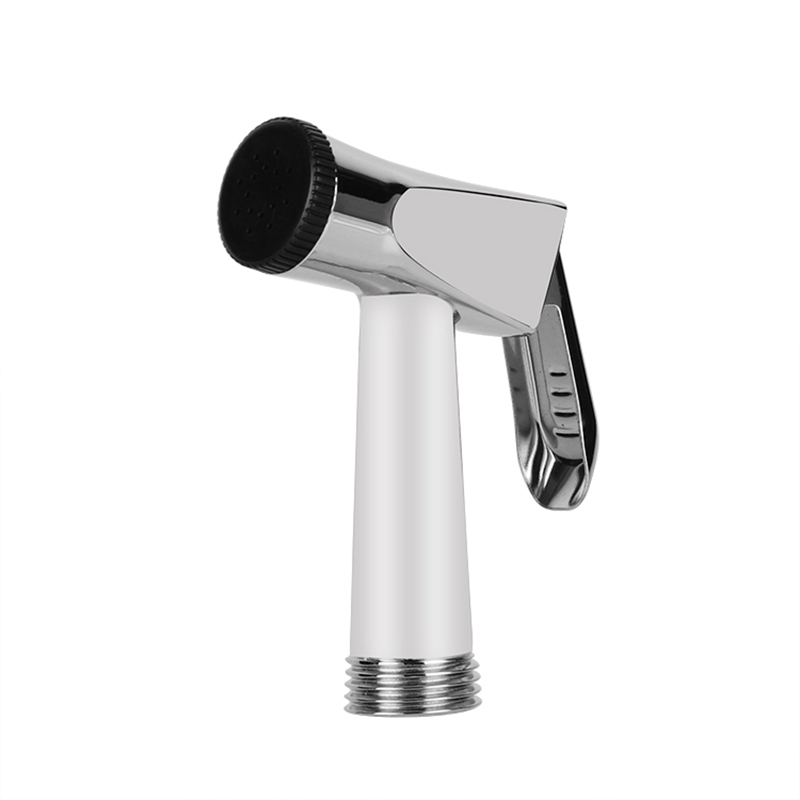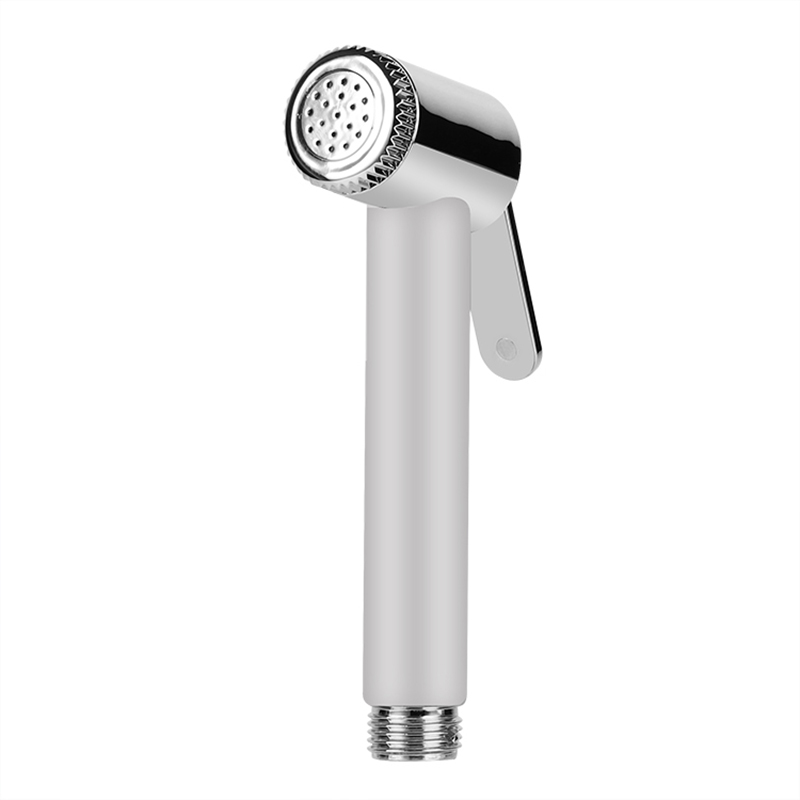Selecting components for a bathroom, particularly a shower system, involves balancing functionality, longevity, and safety. The flexible hose connecting the water supply to the showerhead is a critical element, and the choice between stainless steel and plastic construction presents significant differences. This guide outlines the key factors favoring Stainless Steel Shower Flexible Hose.
1. Enhanced Durability and Longevity:
* Resistance to Corrosion and Mineral Buildup: Stainless steel is inherently resistant to rust and corrosion caused by water and humidity, a common environment in showers. Plastic hoses, especially lower-quality variants, can become brittle, discolored, or develop cracks over time. Stainless steel also resists mineral scale buildup internally better than many plastics.
* Structural Integrity: Stainless steel braiding provides high tensile strength. This significantly reduces the risk of the hose bursting under water pressure, kinking permanently, or developing leaks at connection points compared to plastic hoses, which are more susceptible to splitting or weakening at stress points.
2. Improved Safety and Reliability:
* Pressure Tolerance: Stainless steel hoses are generally engineered to withstand higher water pressures consistently and safely over their lifespan. Plastic hoses may be rated for standard pressures but have a higher potential failure rate under pressure surges or as they age and weaken.
* Temperature Resistance: Stainless steel can handle sustained high water temperatures typical in showers without degrading. Some plastics may soften, warp, or become more prone to failure when exposed to prolonged hot water.
* Reduced Contamination Risk: High-quality, food-grade stainless steel (like 304 or 316 grades) is exceptionally inert. It does not leach chemicals or impart taste or odor to the water passing through it. While many plastics used are food-safe, concerns about potential leaching of compounds, especially under heat or as the material degrades over time, are less prominent with stainless steel.
3. Superior Kink Resistance and Consistent Flow:
* The robust stainless steel braiding allows the inner tube (often made of synthetic rubber or polymer) to flex freely while preventing the hose from collapsing or kinking tightly. Kinks severely restrict water flow and can damage the hose. Plastic hoses are far more prone to developing permanent kinks that disrupt water pressure and flow to the showerhead. A stainless steel hose maintains a more consistent internal bore diameter during use.
4. Aesthetic Appeal and Maintenance:
* Stainless steel hoses typically retain their metallic sheen and appearance for the duration of their lifespan. They are easier to clean and less likely to show water spots or develop a cloudy, scratched appearance that often affects plastic hoses. This contributes to a cleaner, more polished look in the shower enclosure over time.
5. Long-Term Cost Efficiency:
* While the initial purchase price of a stainless steel hose is often higher than a basic plastic hose, its significantly longer lifespan and reduced likelihood of failure, leaks, or replacement needs typically result in lower long-term costs. The cost of repairing water damage from a burst plastic hose can far exceed the initial price difference.
Considerations for Selection:
Quality Matters: Not all stainless steel hoses are equal. Look for hoses specifying 304 or 316 stainless steel braiding, robust end fittings (brass or high-quality coated metal), and a durable inner tube material (like EPDM rubber). Check pressure and temperature ratings.
Compatibility: Ensure the hose has the correct connection types (e.g., 1/2" BSP) and length for your specific shower valve and showerhead.
Installation: Proper installation, including correct sealing (using washers or thread seal tape as required) and avoiding over-tightening, is crucial for the performance and longevity of any hose.
For homeowners and professionals seeking a reliable, safe, and durable shower hose solution, stainless steel offers distinct advantages over plastic. Its superior resistance to corrosion, kinking, pressure failure, and high temperatures, combined with its long lifespan, consistent water flow, and maintained appearance, make it a robust and cost-effective choice in the long run.

 English
English 中文简体
中文简体

